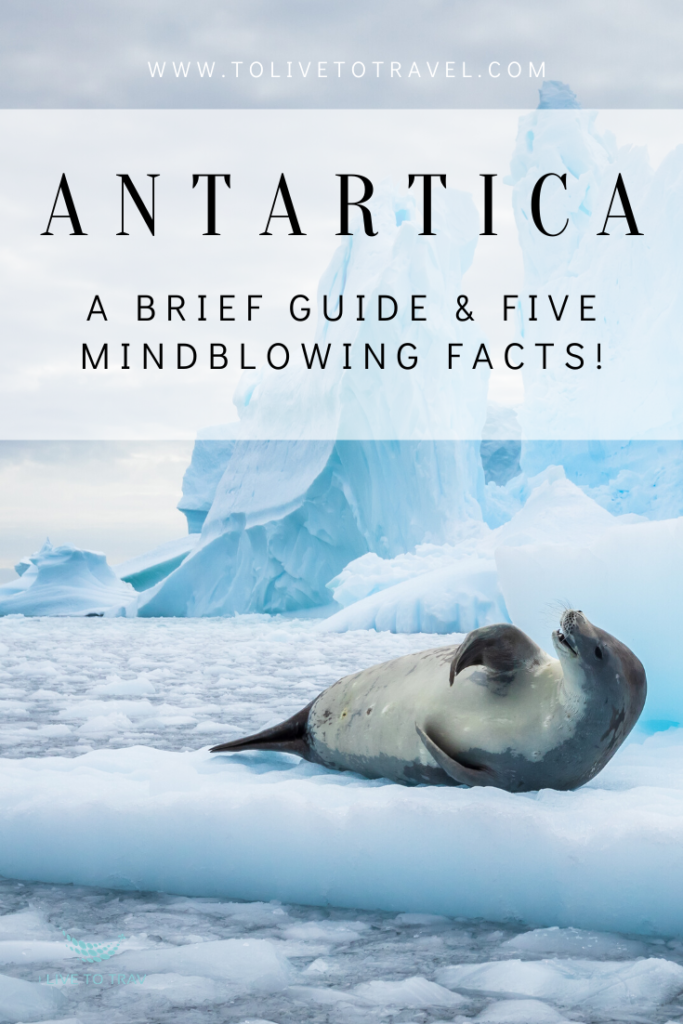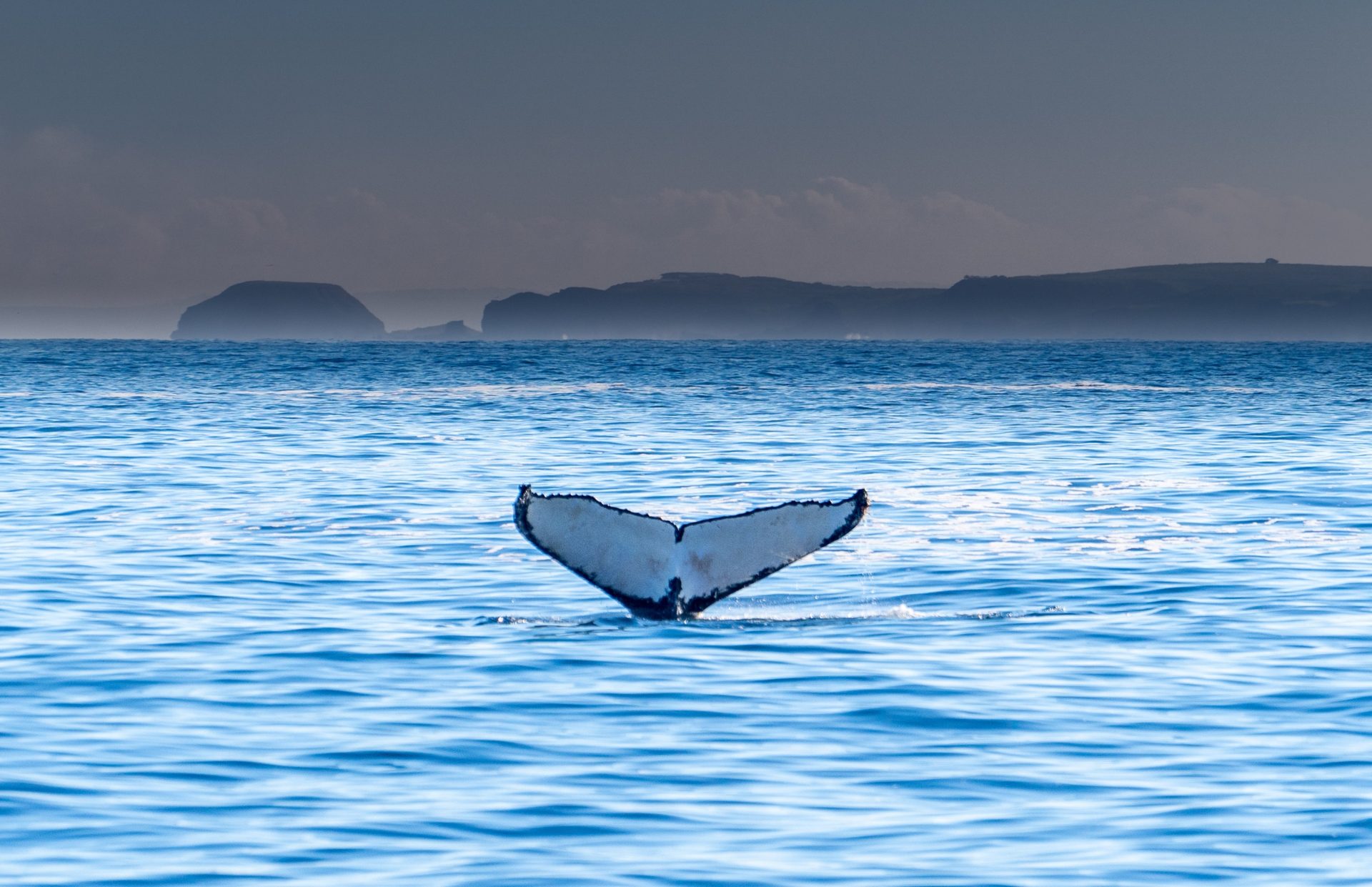Antarctica is a place of the unknown; a place of extremes. It is the fifth largest continent and almost entirely covered in ice, with less than half a percent being ice free. It’s size varies throughout the year, in winter it nearly doubles in size due to the freezing sea ice.
Very few can survive here; there are no humans living or native to the content and no towns or cities. With its record low temperatures being an unnerving -94c, it is the coldest, driest continent found on Earth and make it almost inhabitable to humans to be permanently placed there. Those that do call it home, are predominately wildlife found in the ocean. In fact, Antartica supports a wealth of the worlds sealife, including Dolphins, Whales and Penguins.
It is one of the world’s most important ‘Natural Laboratories’ with approximately 5000 scientists being stationed here each year. It is also one of the worlds most undisturbed places. With approximately 30,000 tourists visiting each year, they are incredibly well-managed to ensure that they don’t damage the pristine environment.
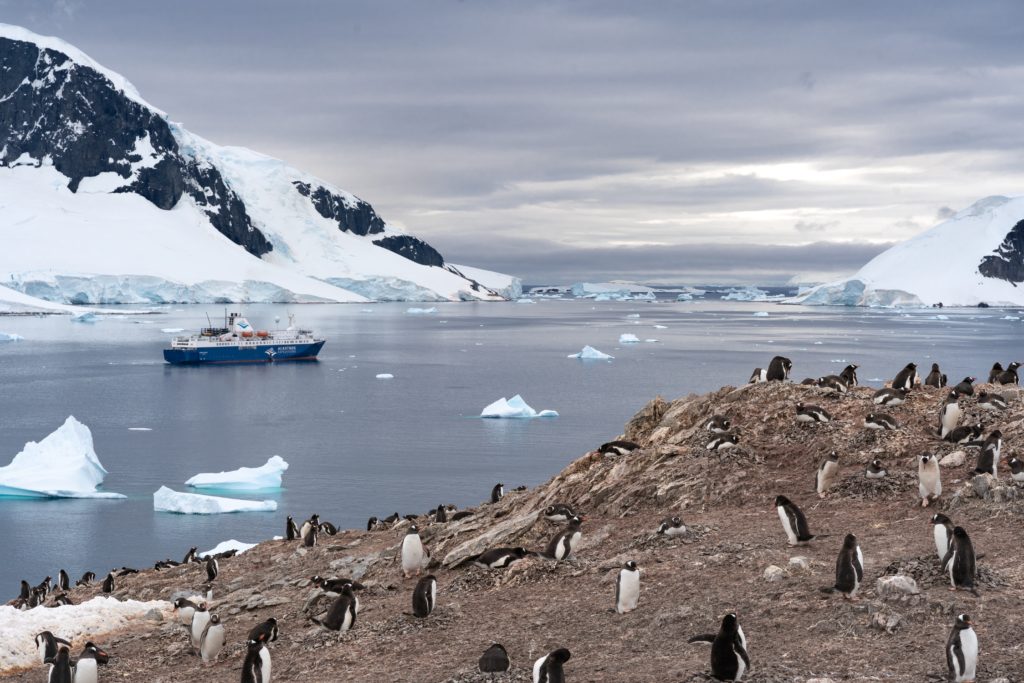
FUN FACT ONE: Antartica is a Desert
Antartica is technically a Desert! Yes, due to the little moisture falling from the sky (little to no rain; and it actually doesn’t snow much, which is always surprising to people!) Antartica takes the crown. In fact, the Sahara desert gets twice as much moisture from rain each year.
It does however have a lot of blizzards due to winds that can form up to 200mph. Like sandstorms in the desert, the winds pick snow up from the ground and blows vast white blankets over the ice and existing snow.
FUN FACT TWO: Antartica has Active Volcanoes
Yes, it’s hard to imagine or even visualise this. Antartica is home to several volcanoes, with two of them being Active; Mount Erebus on Ross Island and the other is found on Deception Island.
FUN FACT THREE: There Is A Waterfall In Antarctica which is bright red.
5 million years ago in Antartica the sea levels rose, meaning that East Antarctica was flooded and forming a brine lake. The water was so salty here that it was impossible to freeze over. This water, which feeds the Blood Falls (the bright red waterfall), contains a lot of iron which is picked up from the underlying bedrock. When this iron-rich water comes in contact with air, it oxidizes and becomes red, leaving blood-like colouring on the surrounding ice and giving it its namesake, Blood Falls.
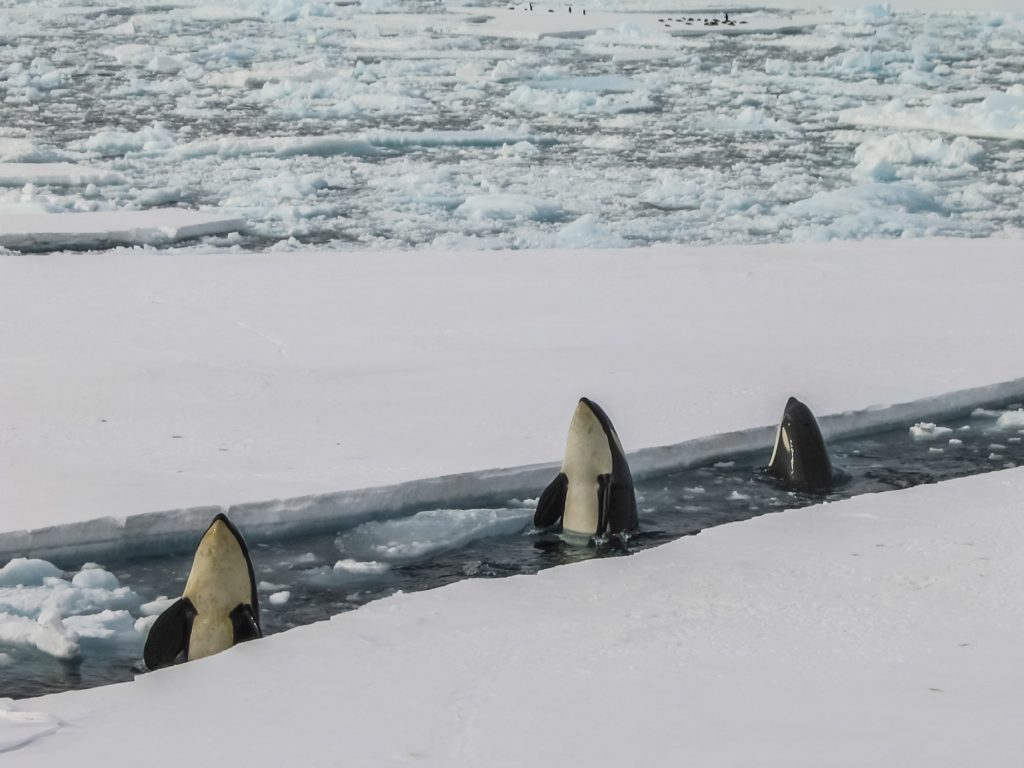
FUN FACT FOUR: Antarctica used to be warm!
It can be hard to imagine this was even real, but scientists have discovered that 40-50 million years ago, Antartica was actually a thriving, warm paradise, with temperatures reaching 17c – as hot as Melbourne, Australia is today. Fossils discovered by scientists have also shown evidence that Antartica used to be covered by lush, green forests; very different from the Antartica we see today.
FUN FACT FIVE: It has no official Time Zone.
As it is uninhabited, Antartica has never been given an official Time Zone. Many of the researchers who are stationed there, either use time ones of the country that operates them (such as New Zealand), or the time-zones of the countries which are closest to their station; which may be Chile.
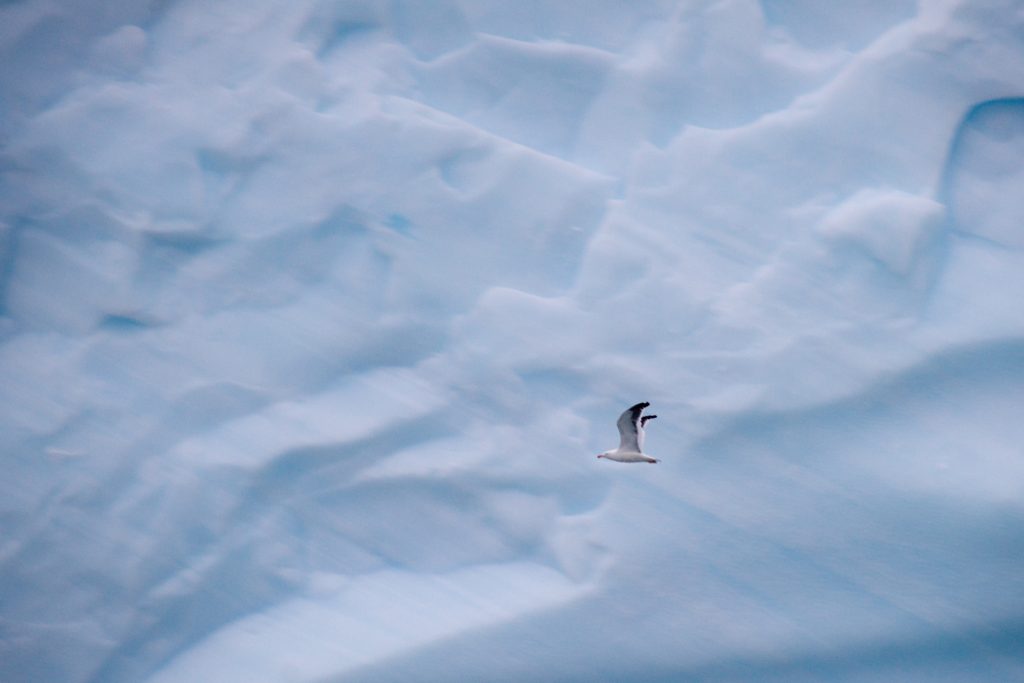
Pin it for Later!
